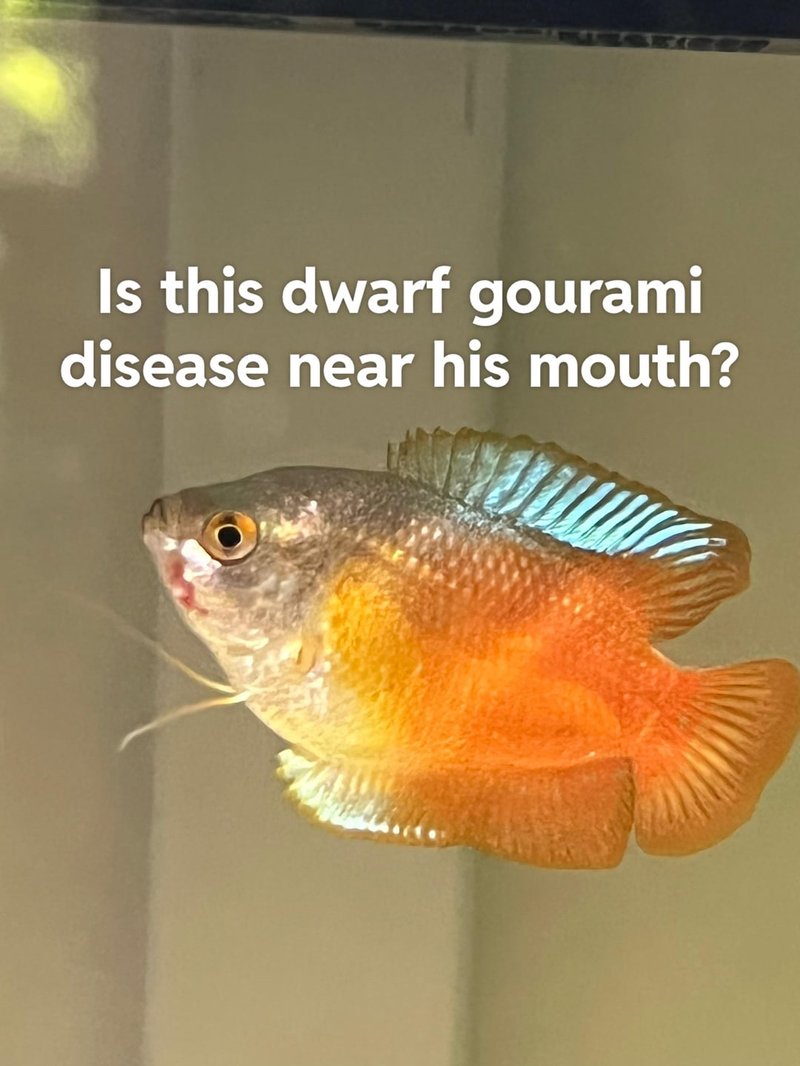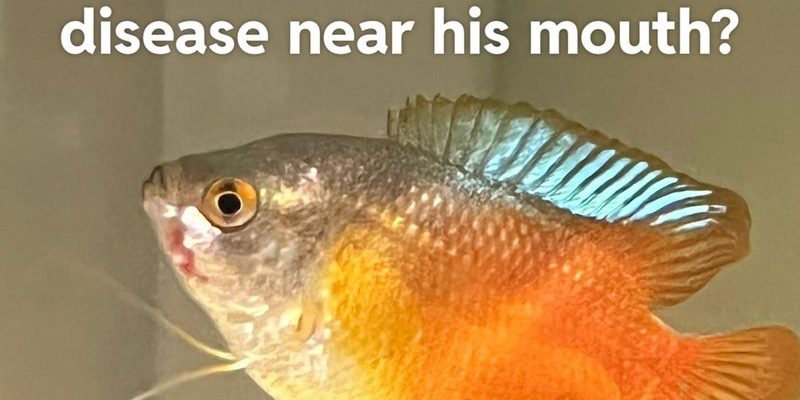
Gouramis come in various types, like the popular Dwarf Gourami and the striking Blue Gourami. Each species has its quirks and needs, but they all share a vulnerability to similar health challenges. Think of your gourami like a pet dog; just as you’d be attentive to your dog’s health, you should be just as observant with your fish. Let’s dive into the most common health issues gouramis face and how you can treat them effectively.
1. Stress and Aggression
Stress is a significant issue for gouramis that can lead to various health problems. These fish can be quite sensitive to their environment, so changes in water conditions, tank mates, or even the tank’s layout can stress them out. Picture yourself moving to a new city—everything is different, and it can be overwhelming.
To keep your gourami stress-free, ensure your tank is appropriately sized. A 10-gallon tank is a good start for a single gourami, but larger is better for multiple fish. Additionally, provide plenty of hiding spots using plants, rocks, or ornaments. This way, your gourami can retreat when feeling overwhelmed, just like you’d find comfort in a cozy corner of your home.
If you notice your gourami being aggressive or bullying other fish, you might need to rearrange your tank or separate more aggressive species. It’s essential to keep peace in the aquatic community.
Signs of Stress and Aggression
Look out for these signs that your gourami might be stressed:
- Hiding more than usual
- Fin clamping (when they hold their fins close to their body)
- Aggressive behavior towards tank mates
- Loss of appetite
If you see these changes, it’s time to reassess their environment and possibly make some adjustments.
2. Ich (White Spot Disease)
Ich, or White Spot Disease, can feel like the common cold for fish—it’s irritating and requires immediate attention. This parasite is highly contagious and can spread quickly through your aquarium. You might notice little white spots all over your gourami, resembling grains of salt stuck to its body.
Treating ich can be done in several ways. Increasing the water temperature gradually can speed up the life cycle of the parasite, while adding salt can help eliminate it. But be careful—always check how your specific type of gourami reacts to salt, as some species are more sensitive.
Here’s a simple step-by-step for treating ich:
1. Increase the temperature: Slowly raise the tank temperature to about 78-80°F (26-27°C).
2. Add aquarium salt: Dissolve the recommended amount in a separate container of tank water, then add it to the tank gradually.
3. Treat for at least a week: Monitor your gourami daily, and you should start seeing improvement.
3. Fungal Infections
Just as humans can get sick from a cold or flu, gouramis can develop fungal infections, especially when their immune system is weakened. If you see white, cottony growths on your fish, it could be a sign of a fungal infection.
Fungal infections often result from stress, poor water quality, or injury. To treat them effectively, ensure your tank water is clean. Regular water changes and proper filtration can help keep your gourami healthy and less susceptible to infections.
To treat an existing fungal infection, you can use antifungal medications available at your local pet store. Always follow the instructions on the packaging for the best results.
Preventing Fungal Infections
To keep your gourami healthy and minimize the risk of fungal infections, consider these tips:
- Maintain a stable water temperature (around 75-80°F)
- Keep the water clean and well-filtered
- Avoid overfeeding, which can lead to waste buildup
4. Swim Bladder Disorder
Imagine trying to swim but struggling to stay afloat—that’s what it’s like for gouramis with swim bladder disorder. This health issue affects their ability to control their buoyancy, leading to floating at the top or sinking to the bottom.
Swim bladder disorder can be caused by overfeeding, rapid temperature changes, or even injuries. It’s like when you’ve eaten too much pizza at a party—you might feel sluggish! If you suspect your gourami has this disorder, try switching to a high-quality fish food and feeding it in smaller amounts.
If your fish shows symptoms, such as floating sideways or difficulty swimming, here’s what you can do:
1. Fast your fish for a couple of days: This can help clear out any excess food in their system.
2. Introduce peas: A little blanched and shelled pea can help clean out their system. Just make sure to chop it into small pieces to make it easier to eat!
3. Maintain stable water conditions: Keep the tank temperature consistent and check for any changes.
5. Dropsy
Dropsy is a severe condition that often indicates an internal problem, resulting in your fish swelling up like a balloon. It can be caused by various factors, including bacterial infections or poor water quality. If your gourami’s scales start to stick out, that’s a red flag.
Unfortunately, dropsy is often a sign of a more serious internal issue, so monitoring your fish closely is essential. To treat dropsy, you can try the following:
1. Improve water quality: Start by making sure your tank is clean and well-aerated.
2. Isolate the sick fish: If you have other fish in the tank, put the affected gourami in a separate container to prevent spreading any potential illness.
3. Use medicated treatments: Several medications can treat dropsy, but always consult your local fish store for recommendations.
Recognizing Signs of Dropsy
Watch out for these symptoms that could indicate dropsy:
- Swollen abdomen
- Puffy, protruding scales
- Lethargy or lack of activity
- Loss of appetite
Addressing these symptoms early can give your gourami a better chance at recovery.
6. Poor Water Quality
Just like we need clean air to breathe, gouramis thrive in clean water. Poor water quality is one of the most common problems fish face, leading to stress and diseases. If your water conditions are off—like pH levels being too high or too low—your gourami could struggle.
Regular water testing is vital to ensure that toxins like ammonia and nitrites are at safe levels. Aim for a pH of around 6.5-7.5, depending on the species. If your water quality is lacking, here are some steps to fix it:
1. Perform regular water changes: Try to change about 10-15% of the water weekly to keep it fresh and clean.
2. Invest in a good filtration system: A reliable filter helps maintain optimal water conditions, just like an air purifier does for your home.
3. Use water conditioners: Products designed to detoxify water can help improve quality, especially after a water change.
Regular monitoring and maintenance can prevent many health issues in gouramis.
7. Conclusion
Taking care of a gourami is like nurturing a little underwater friend. By understanding the common health problems they might face, you can help ensure your fish lead long, happy lives. Remember, keeping a clean tank, providing a stress-free environment, and being observant about any changes in behavior are key to preventing these issues.
So, the next time you see your gourami swim happily around the tank, you’ll know you’re doing a great job as their caretaker. With a little effort and attention, both you and your gourami can enjoy many joyful moments together in your aquatic haven!

